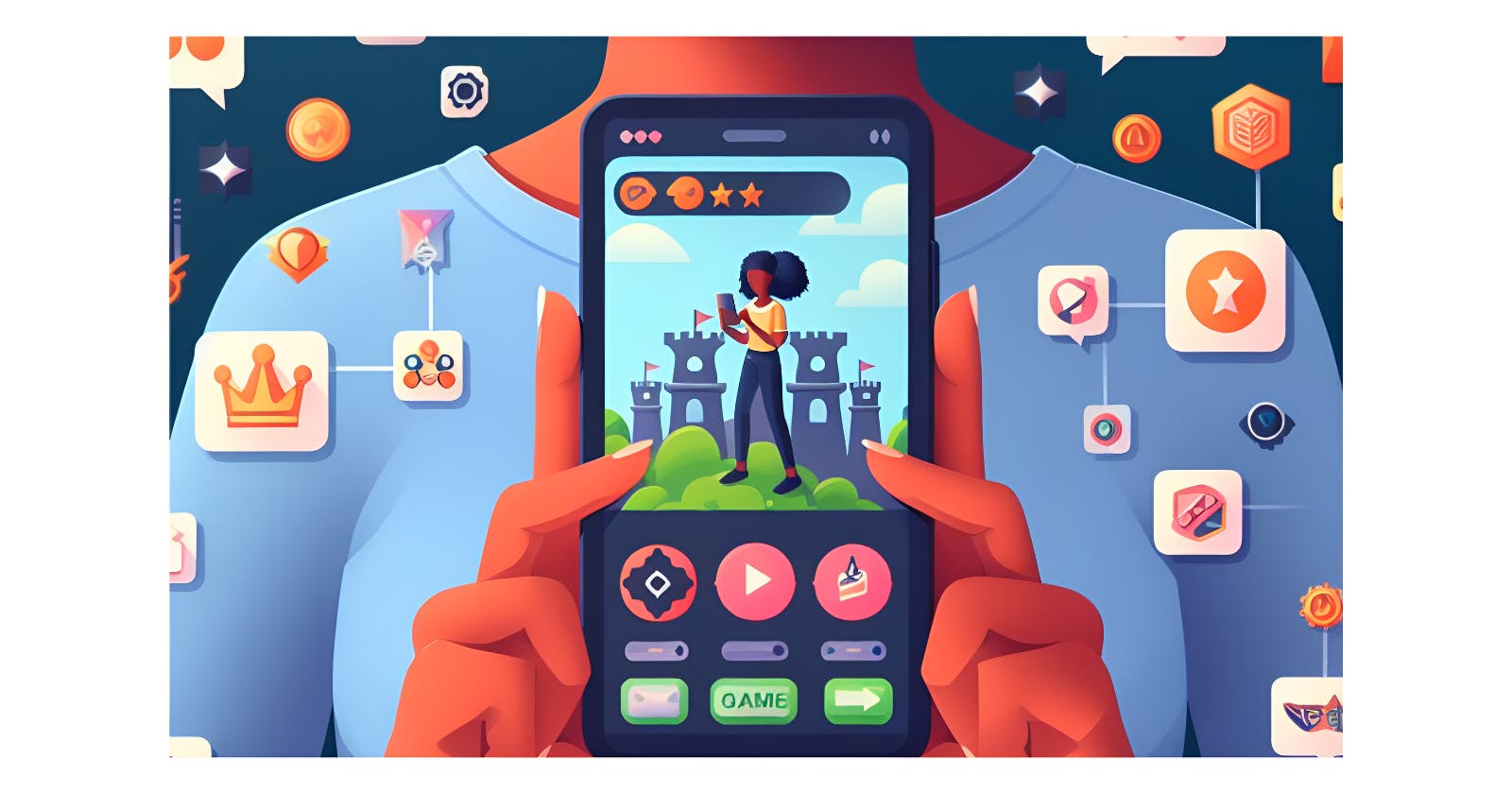Mobile App Gamification Strategies

Mobile app gamification is the process of adding game-like elements to non-game apps to make them more engaging and enjoyable for users. This can be done in a variety of ways, such as awarding points and badges for completing tasks, setting challenges, and creating leaderboards.
Gamification can be an effective way to increase user engagement and retention. According to a study by Appboy, users of gamified apps are 25% more likely to return daily and 100% more likely to return every week than users of non-gamified apps.
Different types of Gamification Strategies
Many different gamification strategies can be used in mobile apps. Some of the most common include:
Points and badges: Points and badges are a simple way to reward users for completing tasks. Users can earn points for completing tasks, such as signing up for the app, watching videos, or making purchases. Badges can be awarded for completing specific tasks or for achieving milestones.
Leaderboards: Leaderboards allow users to compete against each other for high scores. This can be a great way to motivate users to complete tasks and to keep them engaged in the app.
Levels: Levels allow users to progress through the app at their own pace. Users can earn points or badges to unlock new levels. This can create a sense of accomplishment and keep users coming back for more.
Challenges: Challenges are a great way to give users a sense of purpose and encourage them to complete tasks. Challenges can be individual or social. For example, a user might be challenged to walk a certain number of steps each day or to complete a certain number of tasks in a week.
Rewards: Rewards are a great way to motivate users to complete tasks and to keep them engaged in the app. Rewards can be virtual, such as in-app currency or items, or they can be real-world rewards, such as discounts or gift cards.
Benefits of mobile app gamification
Mobile app gamification can be used in a variety of different ways. Here are a few examples:
To increase user engagement and retention: Gamification can be used to make apps more engaging and enjoyable for users, which can lead to increased engagement and retention.
To motivate users to complete tasks: Gamification can be used to motivate users to complete tasks, such as learning a new language, getting fit, or completing work assignments.
To improve user satisfaction: Gamification can be used to improve user satisfaction by making apps more fun and rewarding.
To collect data on user behavior: Gamification can be used to collect data on user behavior, which can be used to improve the app and to create new features.
How to choose the right gamification strategies for your mobile app
When choosing gamification strategies for your mobile app, it is important to consider your target audience and your app's goals. What are you trying to achieve with gamification? Do you want to increase user engagement, retention, or conversion?
Once you know your goals, you can choose the gamification strategies that are most likely to help you achieve them. For example, if you want to increase user engagement, you might want to use points and badges to reward users for completing tasks. If you want to increase retention, you might want to use levels and challenges to keep users coming back for more.
Tips for successful mobile app gamification
Here are some tips for successful mobile app gamification:
Make sure your gamification elements are relevant to your app and your target audience. Users should be able to see how gamification helps them to achieve their goals.
Keep your gamification elements simple and easy to understand. Users should be able to start earning rewards and competing against their friends without having to learn a lot of rules.
Make sure your gamification elements are balanced. Users should be able to earn rewards at a reasonable pace, but they should also be challenged to keep them engaged.
Update your gamification elements regularly. This will help to keep users interested and coming back for more.
Real-world examples and use cases
Here are some real-world examples and use cases of mobile app gamification strategies:
Duolingo: Duolingo is a popular language-learning app that uses gamification to keep users engaged. Users earn points and badges for completing lessons and challenges. They can also compete against their friends on leaderboards.
Nike Run Club: Nike Run Club is a running app that uses gamification to motivate users to run more often. Users can earn trophies and badges for running certain distances or for completing challenges. They can also compete against their friends on leaderboards.
Headspace: Headspace is a meditation app that uses gamification to help users stick to their meditation practice. Users earn streaks for meditating every day. They can also unlock new meditation sessions as they progress.
Khan Academy: Khan Academy is an educational app that uses gamification to help students learn. Students can earn points and badges for completing lessons and challenges. They can also compete against their friends on leaderboards.
Conclusion
Mobile app gamification is a powerful way to improve user engagement, retention, and satisfaction. By adding game-like elements to your app, you can make it more fun and rewarding for users, which can lead to many benefits, including increased revenue and improved brand awareness.
And that's it for today 🫡. See you soon in the next article. Until then, keep developing solutions and solving problems.
 Develop and Solve
Develop and Solve